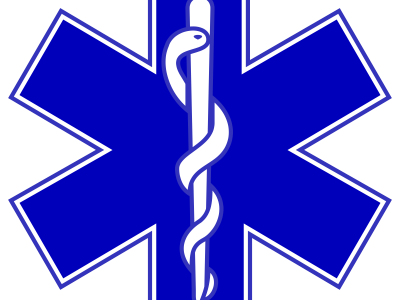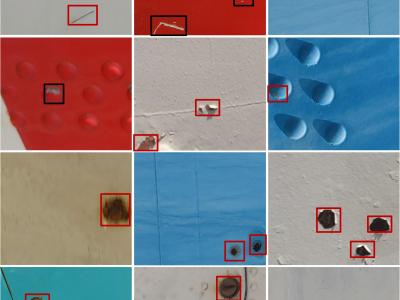Artificial Intelligence
We have created a new in-Air Signature dataset using Smart Phone that we called IASSP dataset. Forty participants voluntarily took part in each of the two databases’ construction. Each participant signs in the air five signatures and imitates five signatures of five other participants.
The participants were seated in a comfortable chair, with their dominant hand placed approximately 7 cm away from the camera of a smartphone, which was directly in front of them.
The data recorded on two files:
- Categories:
 153 Views
153 ViewsDataset Description:
Based on some real-world events, the dataset offers a synthetic representation of 5G network states and metrics during a high traffic event, such as a major sports gathering in a city. Each row corresponds to a unique record capturing the attributes of the network at a particular moment, and each column corresponds to a specific feature or attribute.
Significance:
- Categories:
 2027 Views
2027 ViewsPlease cite the following paper when using this dataset:
N. Thakur, K. A. Patel, I. Hall, Y. N. Duggal, and S. Cui, “A Dataset of Search Interests related to Disease X originating from different Geographic Regions”, Preprints 2023, 2023081701, DOI: https://doi.org/10.20944/preprints202308.1701.v1
Abstract:
- Categories:
 694 Views
694 ViewsWe used Sentinel-2 images to create the dataset In order to estimate sequestered carbon in the above-ground forest Biomass. Moreover, fieldwork was completed to gather related forest biomass volume. The clipped image has a size of 1115 × 955 pixels and consists of bands 3, 4, and 8, which correspond to green, red, and near-infrared.
- Categories:
 996 Views
996 Views
Data from NASA Power Project, aiming the study of solar irradiance in the Amazon Basin, focusing 12 cities in the Amazonas State, Brazil. The data is daily basis, the target variable is the solar irradiance, and the input variables are the local temperature, local air humidity, local wind speed at 10m, local wind direction at 10m, percentage of the sky coverture, the total precipitation corrected. The time span covers 2017 to 2023. Deep learning has grown among the prediction tools used within renewable energy options.
- Categories:
 24 Views
24 Views
A 3D WUCT system using a single ultrasound transducer is designed and automated. The dataset consist of the WUCT reconstruction results dataset used to train U-Net based semantic segmentation model. Also, dataset i) to study the effect of increase in the number of virtual transducer on reconstruction quality and, ii) effect of variation in the applied pulse width on the reconstruction are provided. The U-Net based semantic segmentation model is trained and used to evaluate dice coefficient corresponding to the phantom’s actual profile and reconstructed profile.
- Categories:
 72 Views
72 ViewsThis research introduces the Open Seizure Database and Toolkit as a novel, publicly accessible resource designed to advance non-electroencephalogram seizure detection research. This paper highlights the scarcity of resources in the non-electroencephalogram domain and establishes the Open Seizure Database as the first openly accessible database containing multimodal sensor data from 49 participants in real-world, in-home environments.
- Categories:
 1425 Views
1425 ViewsThis dataset collects samples of different types of surface defects on aircraft fuselages to facilitate the identification and location of aircraft fuselage defects by computational vision and machine learning algorithms. The dataset consists of 5,601 images of four types of aircraft fuselage defects. The camera was used to photograph different parts of the aircraft fuselage in different lighting environments.
- Categories:
 2392 Views
2392 Views
A new design and implementation of a control system for an anthropomorphic robotic hand has been developed for the Bioinformatics and Autonomous Learning Laboratory (BALL) at ESPOL. Myoelectric signals were acquired using a bioelectric data acquisition board (CYTON BOARD) with six out of the available eight channels. These signals had an amplitude of 200 [uV] and were sampled at a frequency of 250 [Hz].
- Categories:
 209 Views
209 ViewsDynamic Spectrum Sharing (DSS) is an enabler for a seamless transition from 4G Long TermEvolution (LTE) to 5G New Radio (NR) by utilizing existing LTE bands without static spectrum re-farming. In this paper, we propose a cross-band DSS scheme that utilizes the Multimedia BroadcastMulticast Service over a Single Frequency Network (MBSFN) feature of an LTE network and theMulticast Broadcast Service (MBS) feature of an NR network.
- Categories:
 498 Views
498 Views





